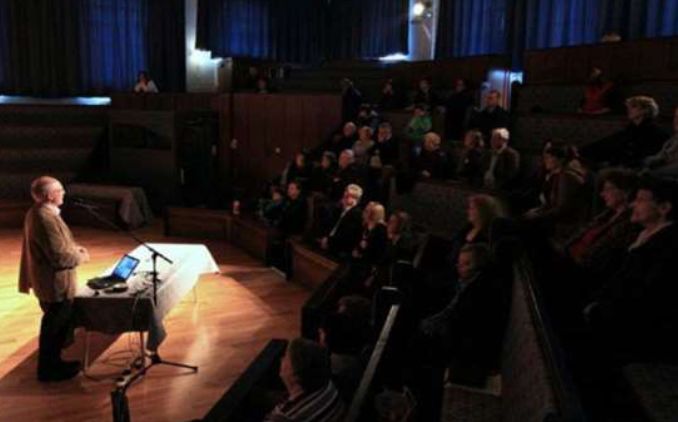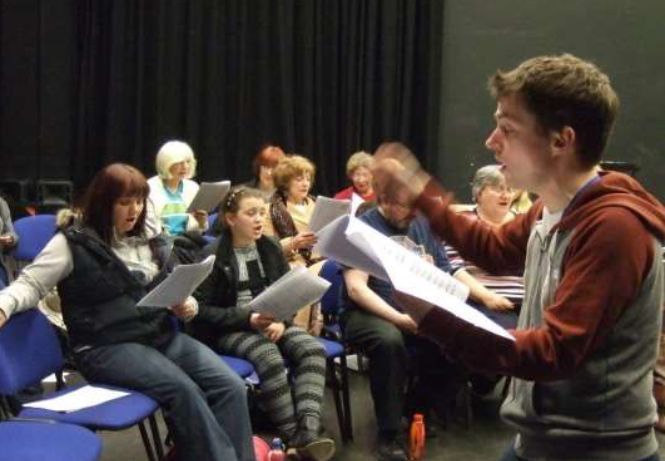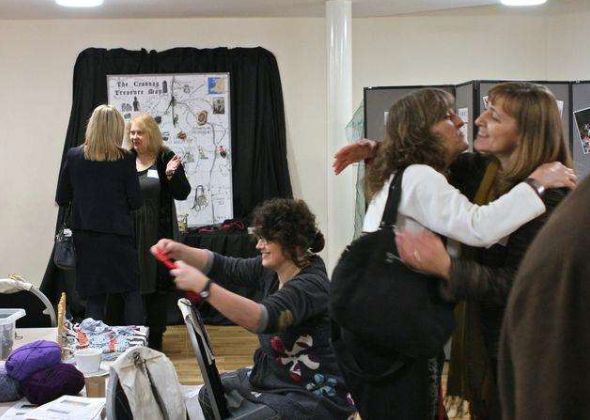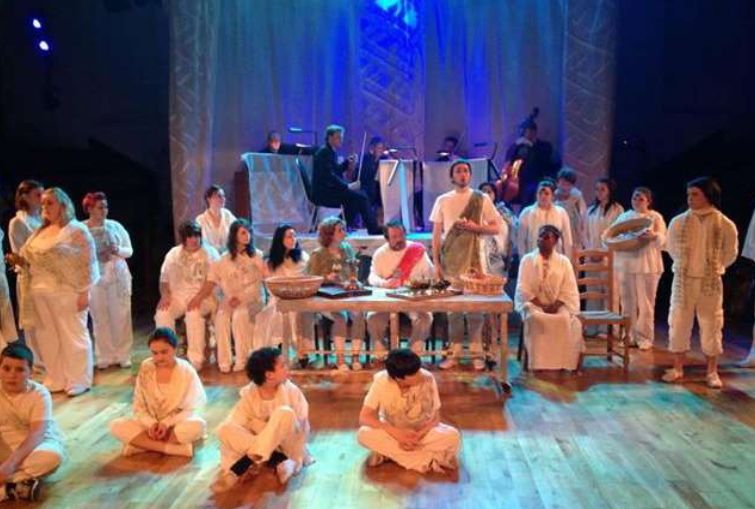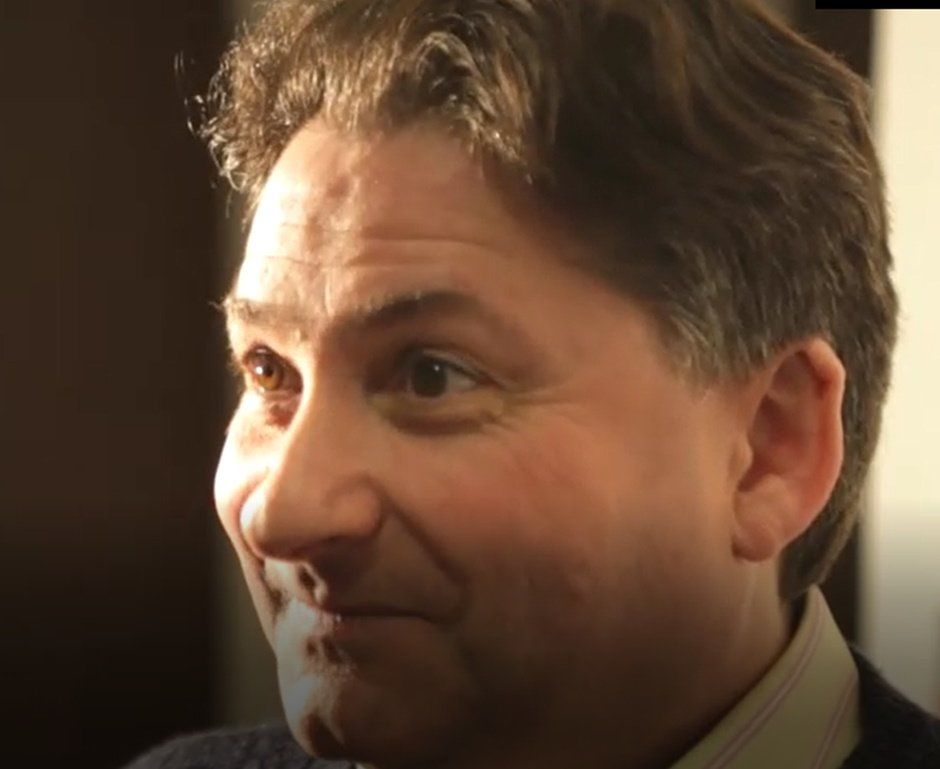
Academic Biography
PhD:
Postgraduate study at Swansea University from 2017 to 2020 fell into two parts: a thesis of 150,000 words examining pasticcio opera from its origins in 1600 down to its current revival, and a libretto for a new pasticcio opera exploring fidelity and betrayal in the life of Llywelyn Fawr. Both passed without corrections.
The opera, Llywelyn Fawr: y Llew yn y Llun, draws its music from Handel and Vivaldi has been commissioned by the National Museum of Wales and. The thesis is the basis for a book, Pasticcio Opera: History and Context published in 2023 by Manchester University Press.
Honorary Fellowship:
Awarded by the University of Bristol’s music faculty through the kind advocation of the opera department.
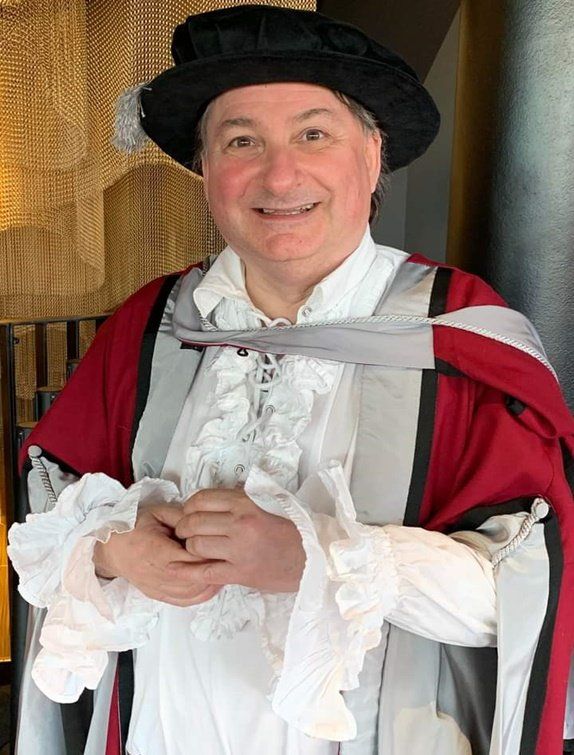
Publications:
Pasticcio Opera: History and Context (Manchester University Press, scheduled for publication early in 2023).
Scholarship usually envisions pasticcio opera as emerging in Venice in the mid-seventeenth century, reaching its hey-day in the eighteenth and crumbling under the work-concept in the nineteenth century. The book argues that pasticcio existed in other art forms long before the emergence of opera, was present in the earliest operas and did not decline in the nineteenth century as is often claimed. In fact, the types of pasticcio opera multiplied in that period. The last pasticcio opera in direct descent from baroque practice was performed in 1940. Its authors, Eleanor and Herbert Farjeon were the last in a tutor/pupil line of pasticcieri stretching back to Francesco Bianchi, whose pasticci included Mozart as willing a contributor.
Features of twentieth-century musicology such as Carl Dahlhaus's Stildualismus, the work-concept and others have been countered by twenty-first-century scholars such as Walton, Matthews, Davies, Hepokoski and others. Consonant with this revision, the book rejects the conception of pasticcio and fidelity as irreconcilable binaries. This way of making opera is more usefully contextualised within longer and more widespread social and cultural transitions occurring over long timeframes, such as society’s transition from a predominantly oral culture to a predominantly literate one. The book aims to provoke reconsiderations of musical as property, of original composition as a prerequisite for great opera and of the artistic value of fidelity to the original intentions. Pasticcio is currently enjoying a tentative revival with leading opera houses commissioning new operas and reviving earlier ones. While the book is for the general reader, it makes contributions to several current debates of interest to the specialist
‘Inspiring Communities: Ynys Gwydr, Island of Glass’, chapter 25.2 in Llangorse Crannog: The Excavation of an Early Medieval Royal Site in the Kingdom of Brycheiniog, by Mark Redknap and Alan Lane (Oxford: Oxbow Books, 2019) pp. 437-438.
This has been nominated for a Current Archaeology Book of the Year award. My chapter discusses the role opera can play in disseminating new historical interpretations.
‘Island of Glass: Archaeology, Opera, and Community Engagement’, leading article for British Archaeology (Nov/Dec 2014) pp. 24-34. issue 139. Written in collaboration with Dr Mark Redknap, the Head of Collections at the National Museum of Wales.
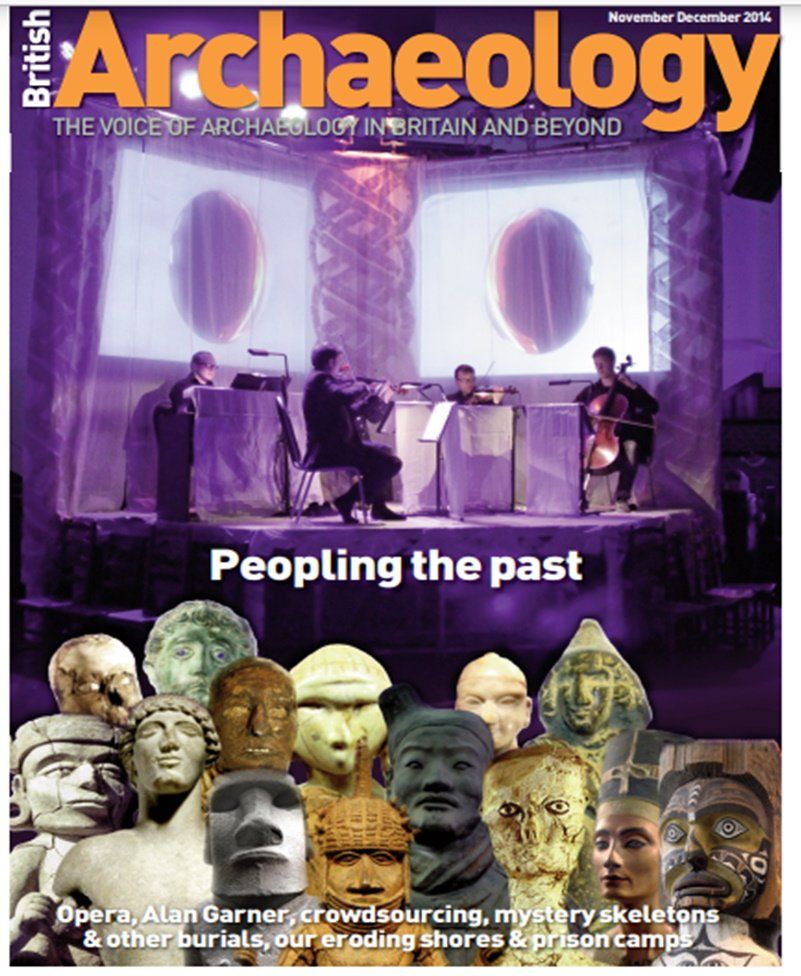
British Archaeology cover showing the set for the Hillman Quartet and Phillip May (piano) accompanying Ynys Gwydr: Island of Glass, 2014.
Research Experience:
Prior to postgraduate study, opera and theatre commissions from universities, Amgueddfa Cymru, National Museum of Wales and other curatorial bodies such as CADW have necessitated my carrying out research at academic standard into themes in British, Irish, Welsh and Italian history.
Research Skills:
- Collaboration with period specialists, conservators and archaeologists to deliver impact projects which disseminate historical research.
- Developing the methodologies for creating accessible and popular impacts, which does not compromise the complexity of the research.
- Building internal and external partnerships to enhance the teaching and research networks of an academic department, as my artistic practice shows.
- Innovative cross-disciplinary approaches to achieve new interpretations of research topics. Attenuating disciplines formerly considered extraneous to an area of study can yield new insights when conducted with precision and the right parameters.
- Recontextualisations of research questions through lateral source material; changes in one art form are not just paralleled by changes in others but, often, in a wide range of social and cultural activities. A change can therefore be studied in its panoramic context as well as under the microscope.
- Personal research skills include facility with eighteenth- and nineteenth-century handwritten documents, familiarity with archival systemising of chancery court records, the Larpent collection, the Music School Collection at the Bodleian and other systems. They also include facility with digitised primary sources and working effectively without close supervision.
Selected Conference Presentations:
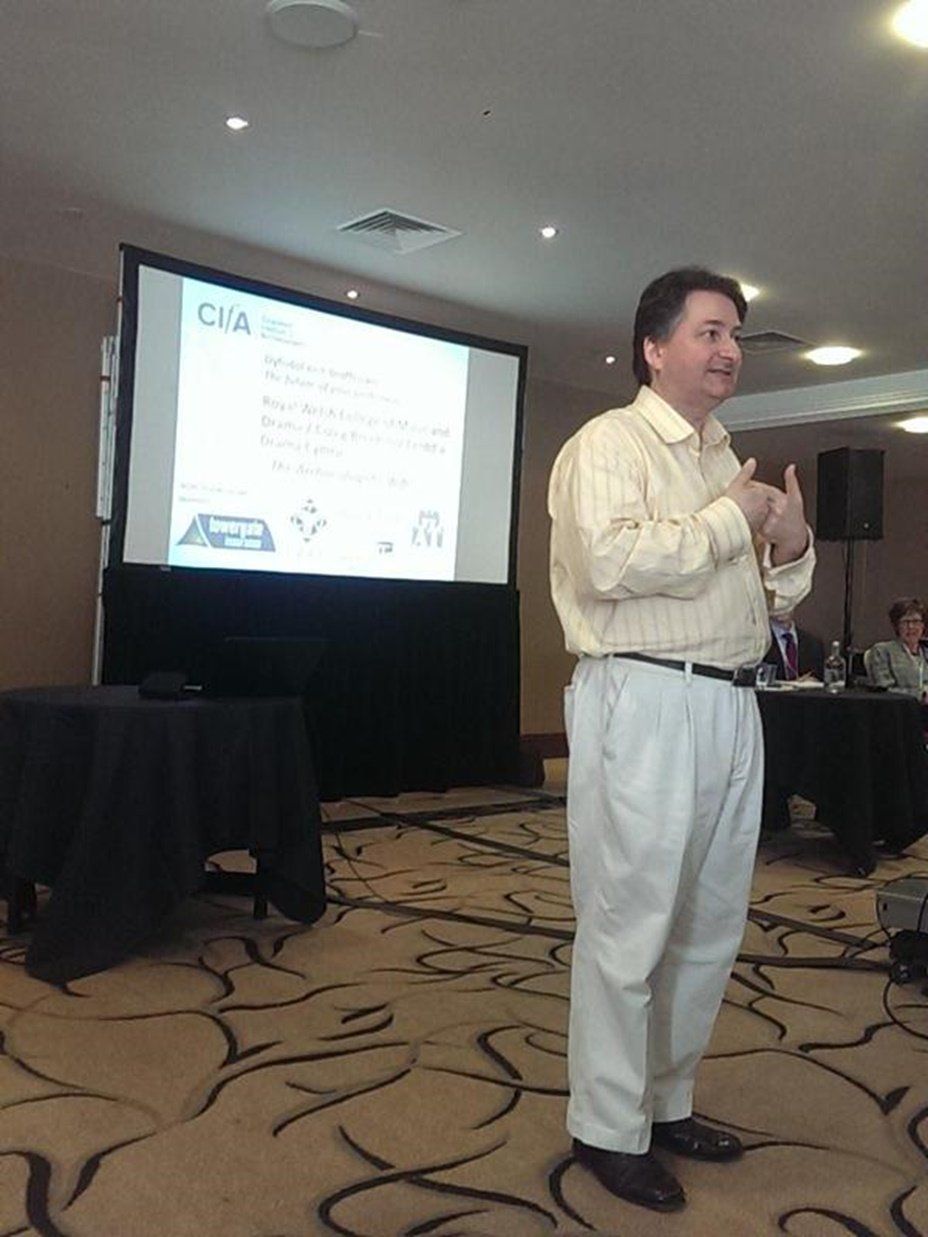
Forgotten Transnationalism: Wales's Indigenous Opera Tradition’, at Wales and the World: Cynefin, Colonialism and Global Interconnections held at the University of Wales Trinity St David’s, Lampeter, on 7th June 2022.
‘Pasticcio Opera: The Purist's Provocation and the Manager's Salvation’, the John Bird Lecture on 23rd March 2022 with a collaborative workshop on 25th March for the Centre for Interdisciplinary Research in Opera and Drama (CIRO), Cardiff University.
‘Fifth century Britain and the emergence of Wales’, a zoom lecture given as part of a Cenacolo series by the Giordani della Storia in collaboration with Sapienza University, Rome, on 30th May 2021.
‘Performance theory and the medieval court’, in the University of Kent as part of the Canterbury Medieval Pageant, 1st July 2019.
‘Aphra Behn: Performing the Self’, given at the GENCAS conference at Swansea in April 2018. https://twitter.com/ProfTrish/status/986905158906011648
‘Music as Property in the Eighteenth Century’ presented at the BSECS conference in St Hugh’s College, Oxford, January 2018 and ‘Pasticcio Opera: gender, property and the work-concept’ presented at the BSECS postgraduate conference in Swansea 2017. At the latter an excerpt from the opera Llywelyn Fawr: y Llew yn y Llun was performed.
‘Pasticcio Opera: theft or liberation?’ for the Postgraduate Arts and Humanities Conference at Swansea, October 2017.
‘Archaeology and Opera’, a paper at the annual conference of the Chartered Institute for Archaeologists in Cardiff on 15th April 2015, followed by a seminar and accompanied by an excerpt from the opera, The Archaeologist’s Wife (see Artistic Practice).
‘UN Poverty Targets and Intervention Policy’ a paper presented at the United World Colleges Conference in Atlantic College, St Donat’s Castle, 30th January 2015.
Teaching:
I convene and contribute to the development and delivery of modules as well design and run workshops, lecture-demonstrations and masterclasses.
University of South Wales: Course leader on 'Shared Narrative in Indigenous and Migrant Storytelling' in 2021 and Performance Theory and the Workplace in 2022. In an ongoing relationship with this University, beginning in 2009, projects designed and led for First Campus, have included opera commissions, serving as the historical consultant on film projects, giving seminars to undergraduates, outreach workshops to adult learners and workshops to school groups on a number of arts and historical topics, (see artistic practice).
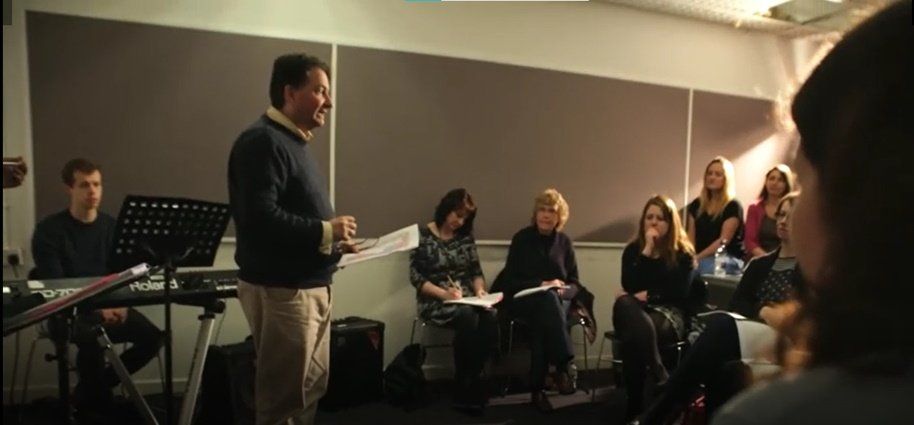
Swansea University: contract lecturer and teaching assistant in 2017/18 and 2018/19, lecturing on Aphra Behn and early modern literature, taking undergraduate seminars, catch-up tutorials and marking both assignments and examination papers.
Queen’s University, Belfast: contract lecturer for the Open Learning Programme in 2015 which carried marking responsibilities; I lectured on the Plantation of Ulster from 1614 to 1658. Also lecture demonstrations, workshops and seminars for Queen’s Widening Participation Unit between 2007 and 2015.
University of Ulster: contract lecturer and workshop leader for the Cultural Development Unit between 2007 and 2015. Arts and outreach projects have included performance art, chamber operas, workshops and impact projects to support or apply academic research.
RWCMD: Masterclasses in libretto-writing to composition students in 2009, 2013 and 2017.

M U S I C
V I D E O S
Clips from Waking Beauty

Opera and Theatre
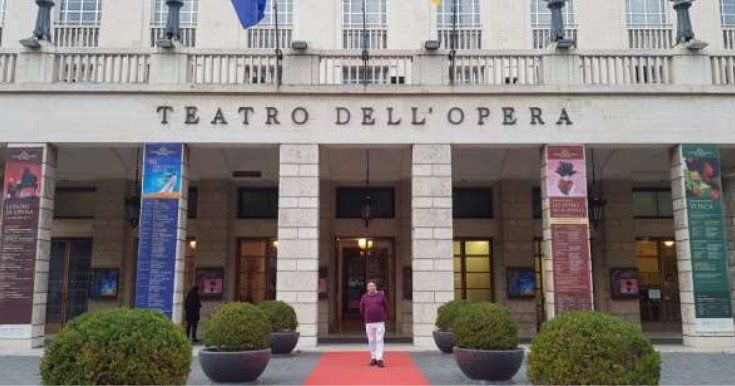
Below is a selection of stills and snippets from recent work, together with potted synopses of my different operas. Inbetween these, I’ve directed other people’s plays and operas. This work has mainly been in Wales, Ireland, north and south, and occasionally Italy.
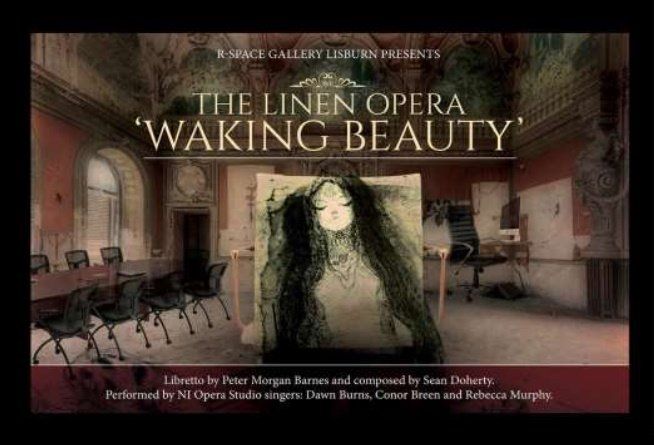
Waking Beauty
Opera. Roles: librettist and director. Composer: Seán Doherty.
Commissioned by R-Space in collaboration with Northern Ireland Opera for performance at the Linen Biennale in Lisburn and Belfast. It is
funded by the Northern Ireland Arts Council and first performed as a chamber opera in 2018; an expanded revival is scheduled for 2023.
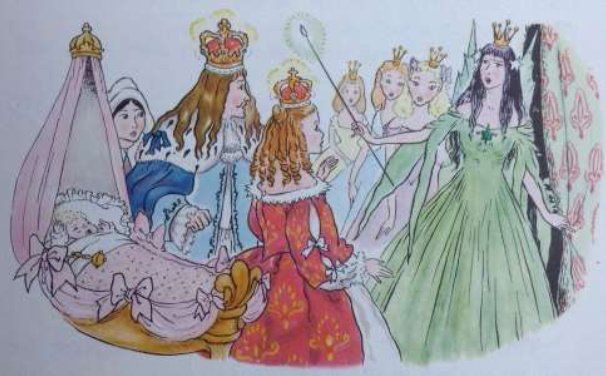
Hilda Boswell’s illustration of the legend; below: Our version
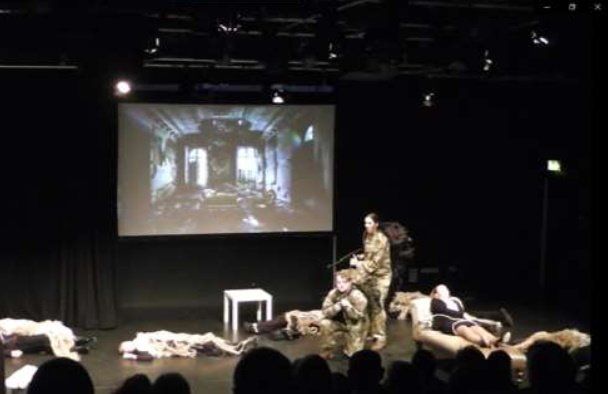
Conor Breen, Dawn Burns and Rebecca Murphy
Once pricked by the thorn, Talia, the King’s daughter falls asleep, along with the entire court for a hundred years. The palace buildings become derelict and, without government, society gradually collapses and scavengers move in to the ruined buildings. Over time, the sleeping bodies of the courtiers become objects the survivors use in various ways. They abuse them sexually, steal their clothes and even harvest their organs.
But when a neighbouring war-band leader stumbles across Talia's body, and inadvertently draws the thorn, the bodies wake up. The scavengers are now confronted by those they
saw as less than human.
The sleepers are now awake and demand that their bodies be recognised as their own, accusing those who preyed on them of gross violation. For those who have spent their lives taking their ‘rights’ over the sleeper’s bodies for granted, this is a troubling development....
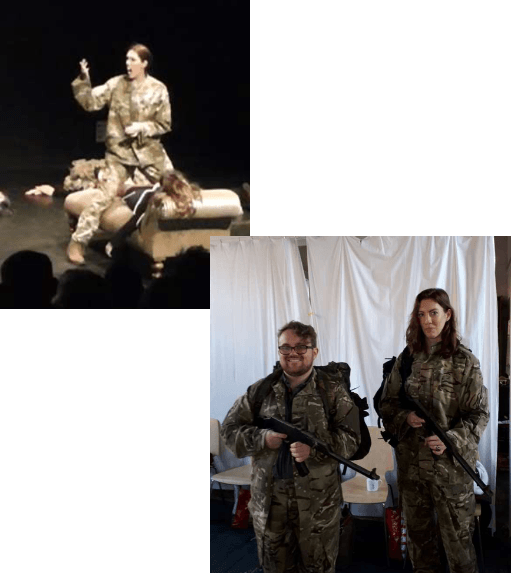
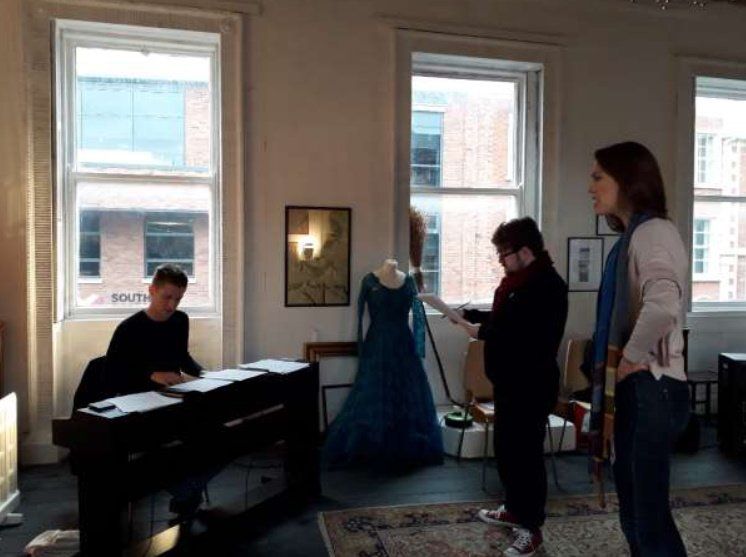
Above: Music call; from L to R: Keith McAlistair, Conor Breen, Dawn Burns.
Below left: Emma Gilles making wigs from raw linen.
Below right: Rebecca Murphy helps Dawn try it on.
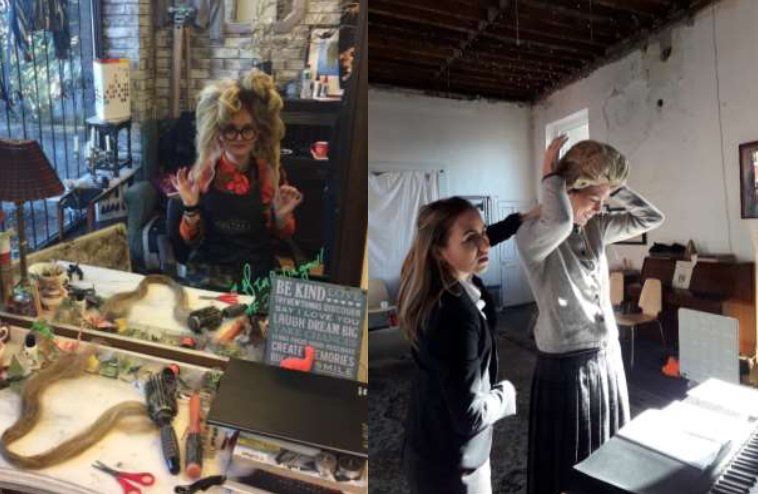
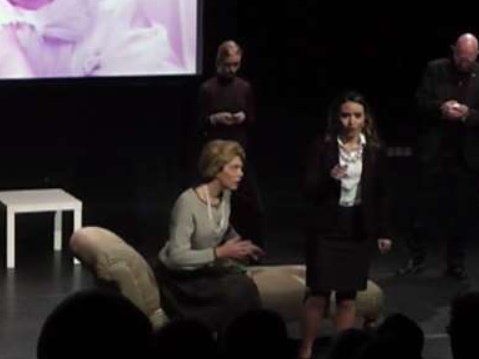
In performance, the linen wig is worn by an elderly courtier who, unknown to Talia, is in the pay of a neighbouring enemy nation. She persuades Talia to have one last try at spinning flax, which, after all, was a favourite pastime of her mother’s.
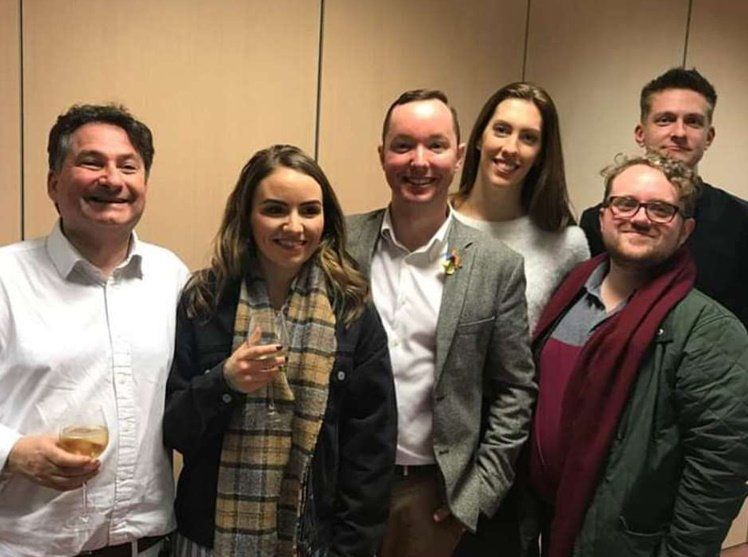
Left to Right: Peter Morgan Barnes, Rebecca Murphy, Seàn Doherty, Dawn Burns, Conor Breen and Keith McAlistair.
Canterbury Medieval Pageant,
Play with music. Roles: writer and director. Composer and pageant curator: Peter Cook. Choreographer: Doro Thyssen. Commissioned by
Canterbury City Council, a different play was written every year between 2015 and 2019 and performed en promenade across the city. The plays explored different angles of Henry II’s penance following his murder of Thomas Becket.
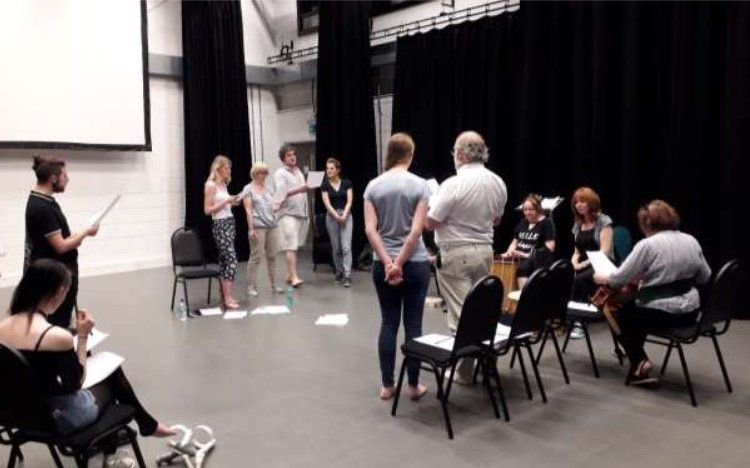
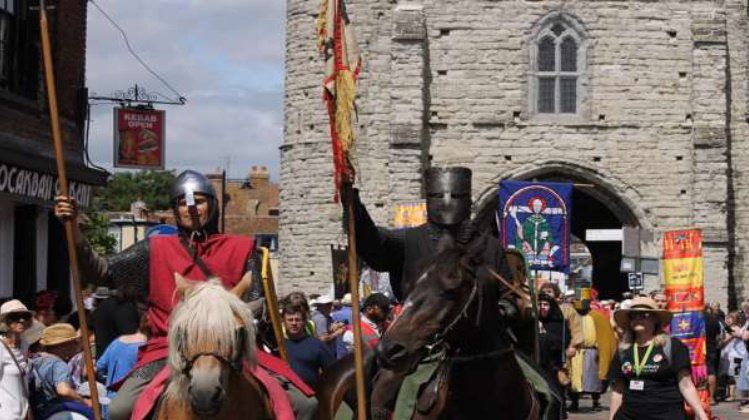
Canterbury Medieval Pageant
Entry procession
Button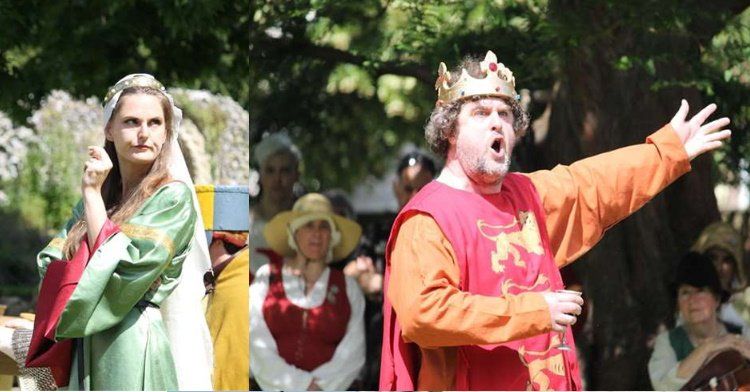
Canterbury Medieval Pageant
Left: Eleanor of Aquitaine (Katherine Hardman). right: Henry II (Will Wollen)
Button
Canterbury Medieval Pageant
The Audience
Button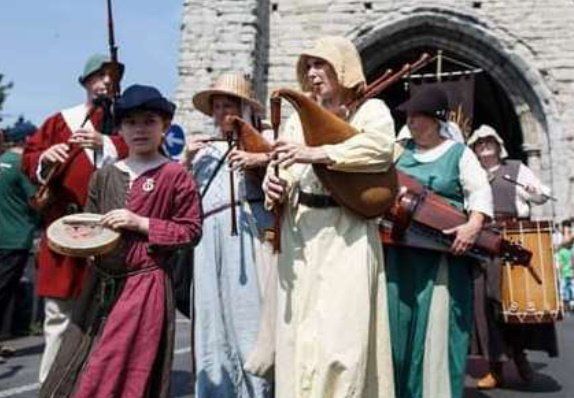
Canterbury Medieval Pageant
Rough Musicke
Button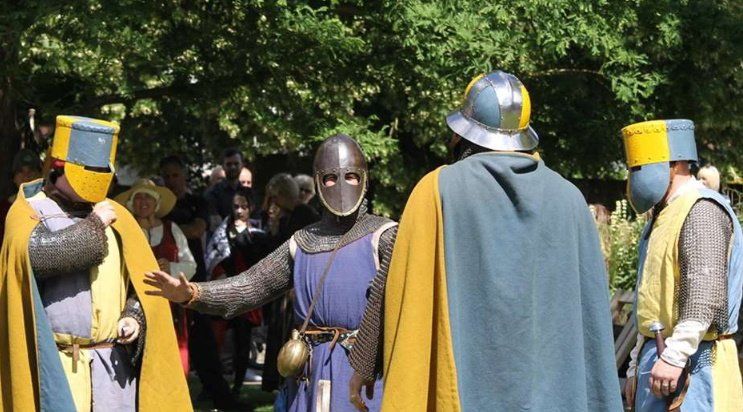
Canterbury Medieval Pageant
The Knights agree what the King just said
Button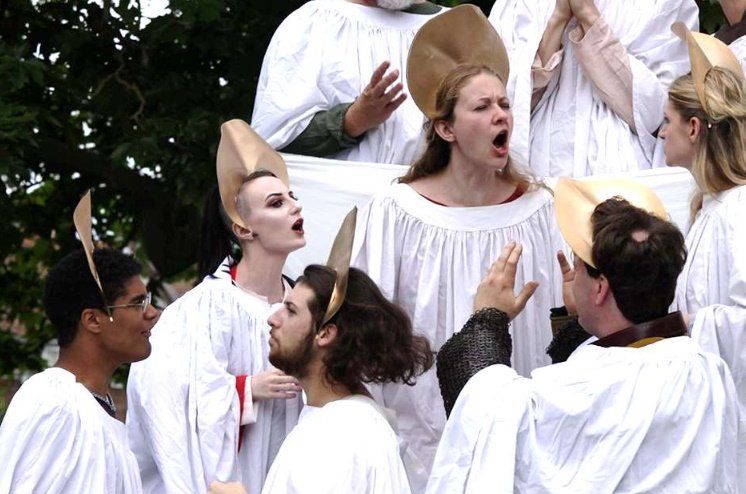
Canterbury Medieval Pageant
An argument among the
saints in Heaven
Button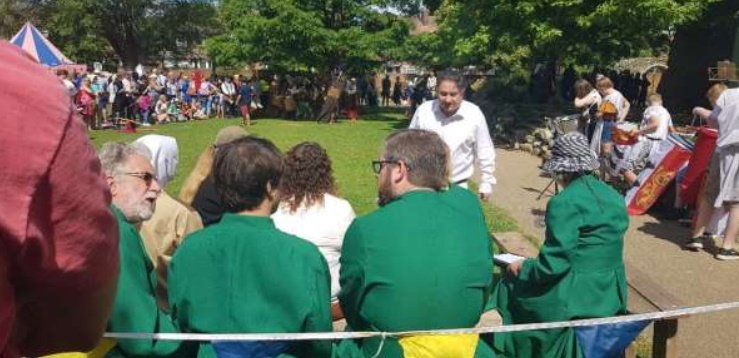
Canterbury Medieval Pageant
Peter Morgan Barnes
Button
The Archaeologist’s Wife.
Pasticcio Opera. Roles: librettist and director. Music by Shostakovich and Kurt Weill arranged by Seán Doherty, conducted by Sara Terrell.
The Shostakovich sequences form the majority of the pasticcio and are drawn from Moscow Cheryomushki (1959) and The Tale of the Priest and his Labourer Balda (1933). The Weill sequences are drawn from Aufstieg und Fall der stadt Mahagony (1930) and, because of their martial quality, are used in the Roman scenes. Commissioned by Amgueddfa Cymru, National Museum of Wales in collaboration with the University of South Wales. Funded by Heritage Lottery, performed at the Burton Theatre, RWCMD Cardiff, Tredegar House, Newport and other venues.
https://www.walesartsreview.org/opera-the-archaeologists-wife/
The opera is based on Lydia Carr’s research into the excavation of Caerleon Roman Amphiteatre in 1926. Credit had always gone to
Mortimer Wheeler for the dig but Carr’s 2012 study showed that he had spent most of his time in London and the excavation was largely
conducted by his wife (Lydia C. Carr, Tessa Verney Wheeler: Women and Archaeology Before World War Two, OUP, 2012). The opera tells
the story of Tessa Wheeler’s growth from being the wife of a famous archaeologist to becoming an archaeologist in her own right.
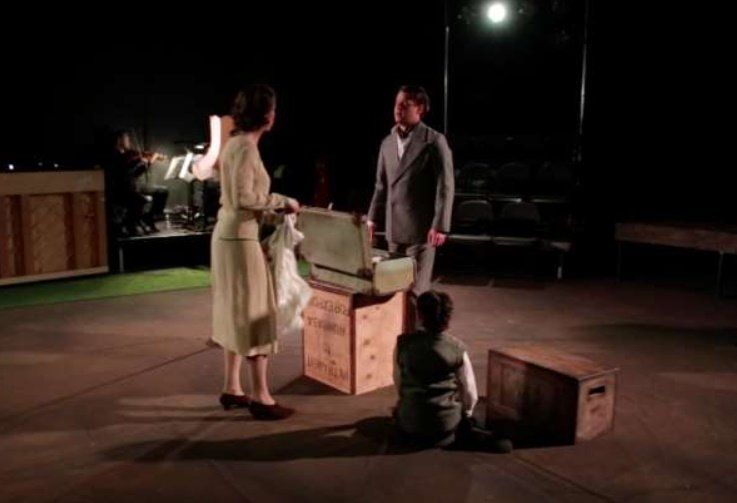
-
Button
Rehearsal still. Tessa and Mortimer Wheeler with their son. Mortimer proposes that he moves to London and leaves Tessa in charge of the excavations at Caerleon (Britta
Glaser and David Hansford).
-
Button
The excavation team, Tessa Wheeler in the centre was the only woman in an all-male workplace; the archaeologist Nash-Williams is second in from the right, seated. In
front of him is Cecil Davies who was interviewed in old age in 2006 by Lydia Carr.
Copyright National Museum of Wales.
-
Button
Godfrey Williams, Chair of the Excavation Committee encourages a
lonely and despondent Tessa. (Aled Powys Williams and Britta Glaser)
-
Button
The press doubt Tessa’s capacity (Amanda Wagg and Britta Glaser).
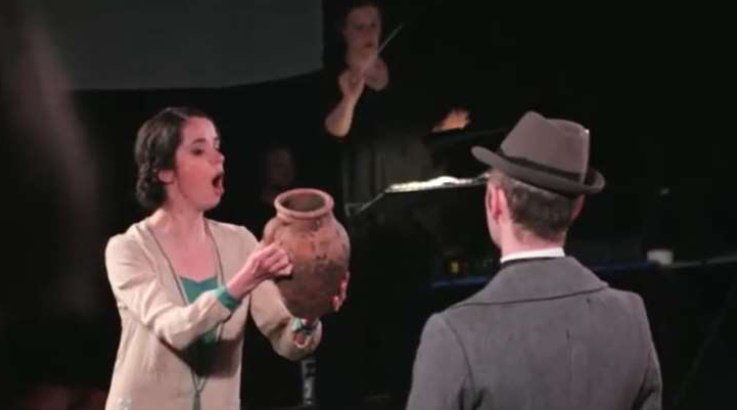
To fund the excavation, Mortimer has persuaded the Daily Mail that Caerleon is almost certainly Camelot and that excavating it might well reveal evidence of King Arthur. They invest £4,000 in exchange for an exclusive. Tessa, under pressure to come up with such evidence, names the post-Roman layers ‘the Arthurian level’. Excitement and expectation grow in Wales that the mythical hero will be proved to have been real. Tessa struggles to contain such expectations as no evidence emerges.
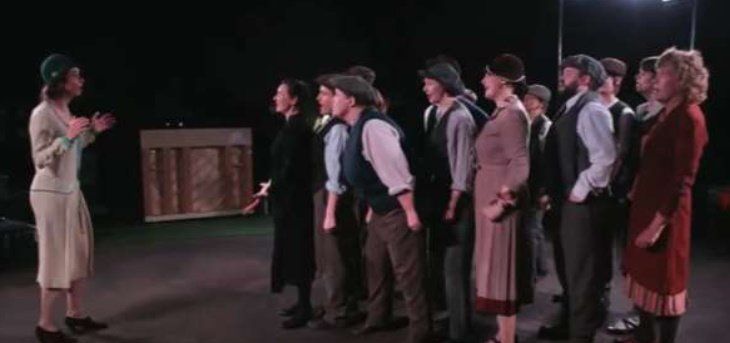
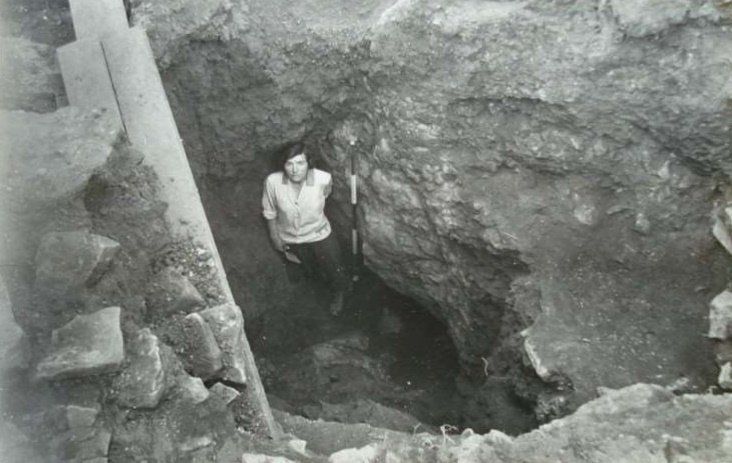

In a flashback to the building of the amphitheatre, the defeated and enslaved Silures are corralled into clearing the earth to build it. Two millennia later the unemployed and striking workers are paid 4d a day to clear the earth for the excavation.
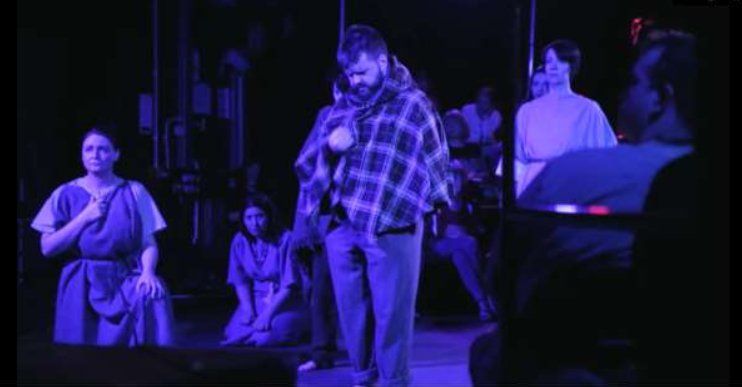
Mortimer returns on weekends to criticise the dig
Write your caption hereButton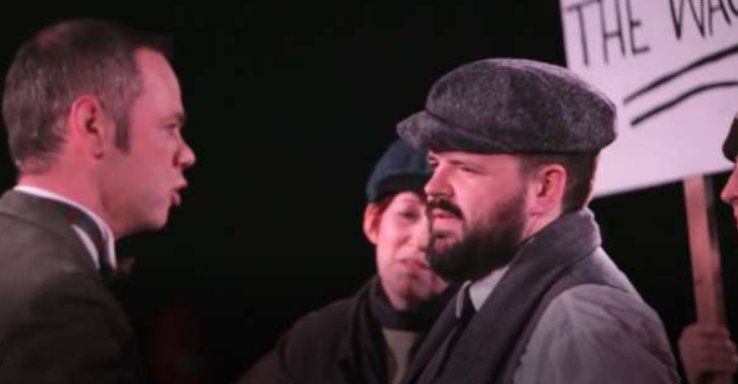
Mortimer returns on weekends to criticise the dig
Write your caption hereButton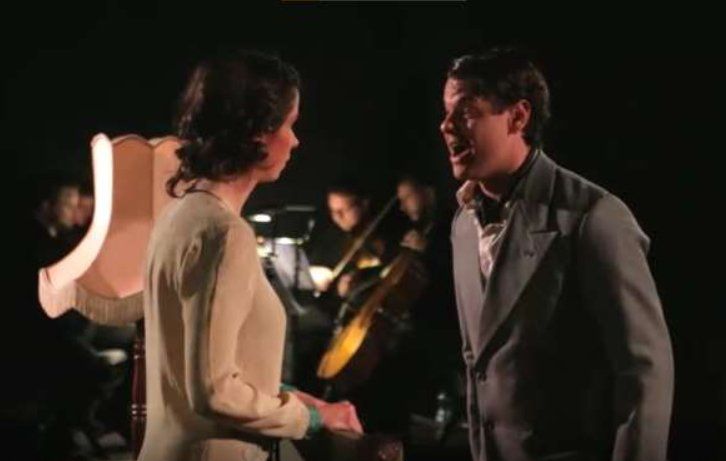
Mortimer returns on weekends to criticise the dig
Write your caption hereButton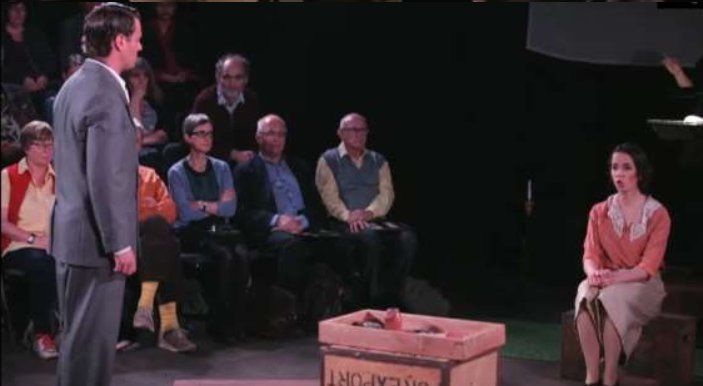
Mortimer returns on weekends to criticise the dig
Write your caption hereButton
Mortimer returns on weekends to criticise the dig
Write your caption hereButton
Mortimer returns on weekends to criticise the dig, change decisions and generally undermine his wife. They have a furious row, which the diggers pretend not to hear, Mortimer insists that any mistakes of hers will reflect on him while Tessa charges him with failing to keep his promises of help and support. Sensing what is at stake, Mortimer begins to realise that he is jealous of wife’s meticulous work but, also, that he must cede control of the dig to her if it is to be accomplished at all. He climbs down and the couple have the first honest discussion in years.
Nevertheless, Tessa’s anxiety continues. Having not found King Arthur, not pleased the Daily Mail and with her husband’s fidelity in London
questionable, she has bad dreams. Her Victorian mother emerges from the grave to scold her that marrying an archaeologist was bad enough in itself but, for a woman to try and become one is beyond the pale.
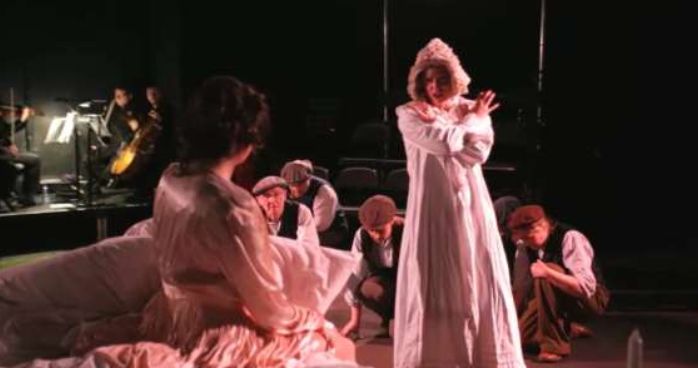
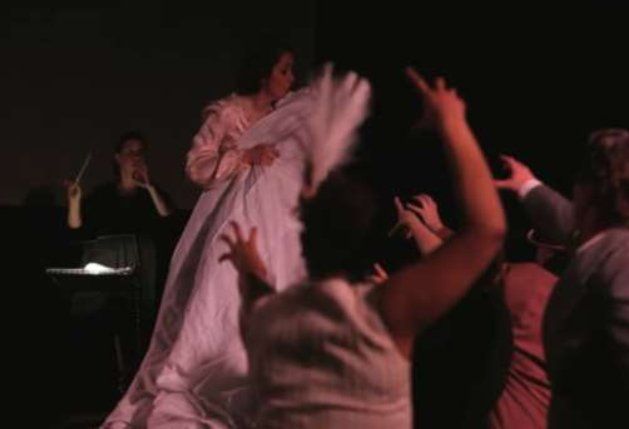
Dreams deepen into nightmares
Write your caption hereButton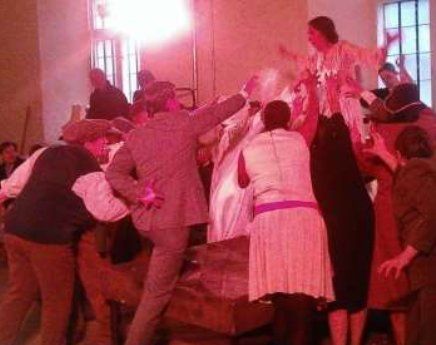
Dreams deepen into nightmares
Write your caption hereButton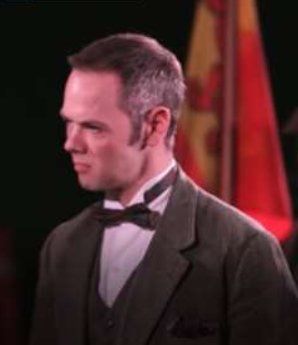
Her distress is noted by Sir Godfrey
Write your caption hereButton
The dreams deepen into nightmares as she imagines torrents of criticism from Mortimer, the women he has affairs with, the press, the archaeological establishment, the striking workers, the great and good of Wales and even from King Arthur himself.
Her distress is noted by Sir Godfrey, who assures her that the reality is altogether otherwise. She has conducted a superb excavation, and a Roman amphitheatre is wonder enough for the people of Wales.
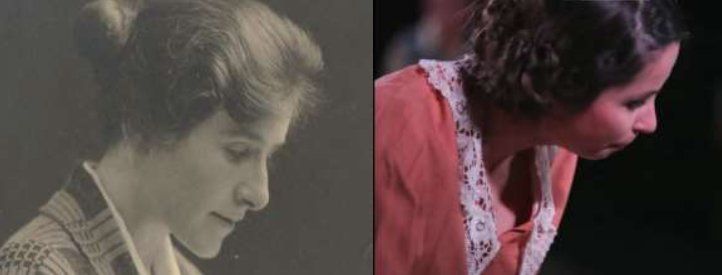
At the formal closing of the dig, Tessa is feted by the people of Caerleon, and the wider archaeological community. The opera suggests that just as Tessa found herself able to be an archaeologist by reshaping her marriage, Wales is finding its history richer and more extraordinary for leaving behind earlier ways of conceiving it.
Tessa’s awakening from her anxious dreams is paralleled by the emergence of new ways of being married, new gender identities and new ways of doing history emerging out of the ruins of older dysfunctional ways.
Mr Dahl.
Song Cycle. Role: director. Music composed by Bernard Kane, words by Roald Dahl edited by Donald Sturrock. Commissioned by Cardiff Philharmonic Orchestra, performed by Michael Sheen, Aled Powys Williams and Only Boys Aloud at St David’s Hall, Cardiff.
https://www.walesonline.co.uk/whats-on/arts-culture-news/michael-sheen-teams-up-cardiff-11731138
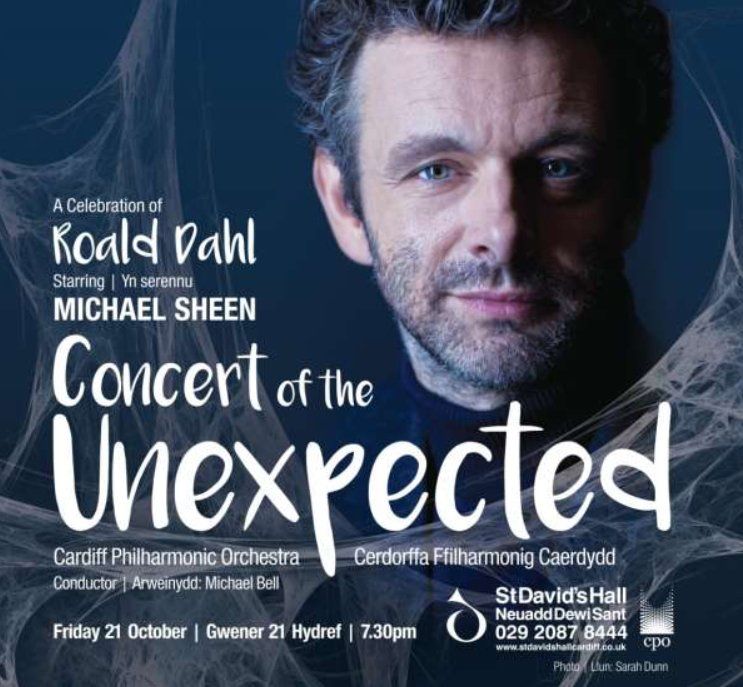
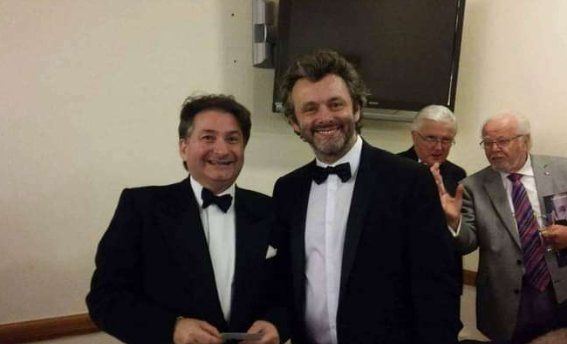
The Giant’s Ring.
Multi-media performance project. Roles: writer and artistic director. Curator: Sarah Tuck. Sound and event designer: Gus Leudar. Project Manager: Sheelagh Colclough. Commissioners: The University of Ulster in partnership with the Northern Ireland Environment Agency and part- funded by Belfast City Council. These were outdoor performances animating the current archaeological understanding of the rituals performed at Ireland’s biggest Neolithic site. A variety of performances were created along with public lectures and workshops. The local community were engaged through the Ballynafeigh Community Development Association, Knockbreda and St Bernard’s Primary Schools.
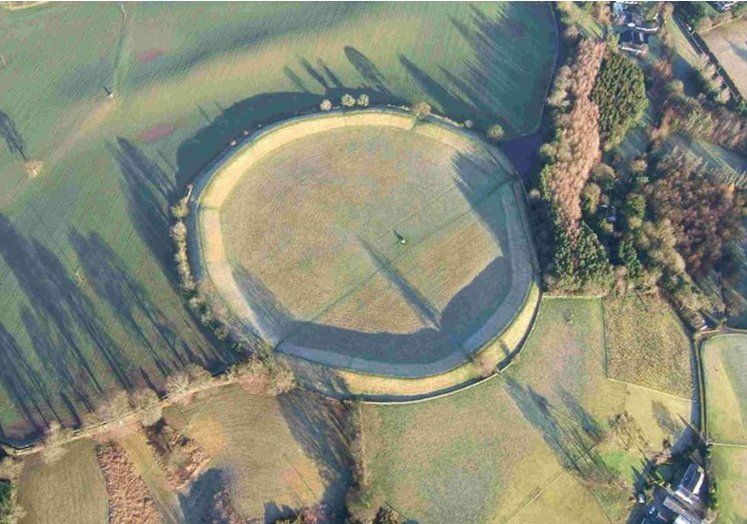
This internationally important site has little place in the more populist narratives of Irish history. The project aimed to use the arts as a vehicle for disseminating new interpretations of this site and its period. Contemporary with the 2nd phase of Stonehenge, c. 2700 BC, the site predates ‘Celtic’ culture and all narratives about the founding of Belfast. Yet 5,000 people would have been needed to construct the Giant’s Ring in the known timeframe, creating a gigantic gathering even if not a Neolithic city. Some performances enacted mythology through ritual, others sought to connect modern people with a landscape far outside modern imagining but one which we still inhabit.
Mary Stevens in The Visual Artist’s Newsheet wrote of Gus Leudar’s interactive sound installation, The Stone Tapes:
“It felt as though we had simultaneously gone back in time and into the future.
After circling the outside, we walked down into the middle.
The sound immediately became louder, the edges of the ring acting as amplifiers to
direct the sound and the participants into the centre of the space where the ancient
stone passage tomb sits. [...] There was a very real sense of being directed,
both by the ancient monument and by the various movements of Leudar’s music.
[...] It felt like an ancient ritual brought about by contemporary technology.”
This performance reflected what can be reconstructed about Neolithic ritual life from surviving artefacts. At its core was a polysemous boundary between the living and the dead, the past and the present. Passage tombs were tunnels into large earth mounds in which was a central chamber where the ashes or remains of the dead were kept, often in ceramic vessels. This was where one travelled to ask advice from the ancestors.
The collapsed stones from the inner chamber were reshaped in the 19th century to conform with the more traditional Irish megaliths, associated with Celts and druids. The vast amphitheatre shape of the ring, however,
shows that performance was core to its conception. Whatever occurred in the centre could be viewed by people sitting on the surrounding banks. As Gus Leudar points out, not only was an inclusive viewing arena being
created but a unique acoustic wherein everyone could hear everything.

The Giants Ring
Write your caption hereButton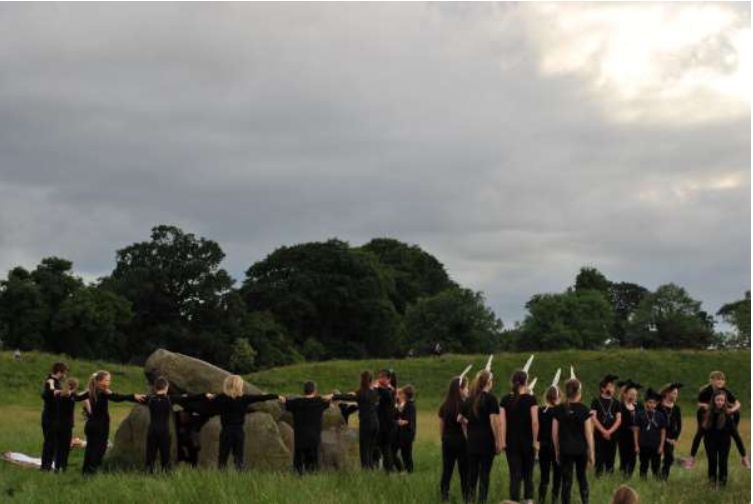
The Giants Ring
Write your caption hereButton
Allectus of Venta.
A virtual reality film of Caerwent Roman Town. Role: screenwriter and dramaturg. Filmed by Craig Oates of Digichemistry. Historical advisors Dr Mark Lewis, Dr Louise Mumford, Commissioned by CADW in collaboration with the University of South Wales and Amgueddfa Cymru, National Museum of Wales. The film is installed on site and at Caerleon Roman Museum.
An interpretive digital reconstruction was made of Caerwent Roman Town using CGI; it closely followed the known archaeological details.
Below left: site visit showing the remains today. Below right: sketch of Caerwent basilica and forum. The CGI Caerwent was given authentic roof tiles, dressed window stones and flagstones from excavation. The story was then filmed on green screen and inserted into the CGI Caerwent. The story concerns a fictional character Allectus, and is set during Carausius’s rise to power and fateful withdrawal of Britain from
the Roman Empire. Venta Silurum (Caerwent) was a civitas or tribal capital and its decurions were undoubtedly involved in deciding whether to support or oppose the island’s new populist leader.
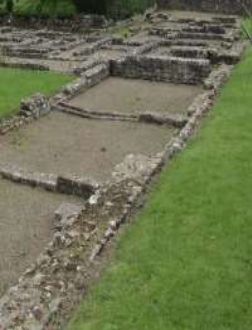
Allectus of Venta production stills
Write your caption hereButton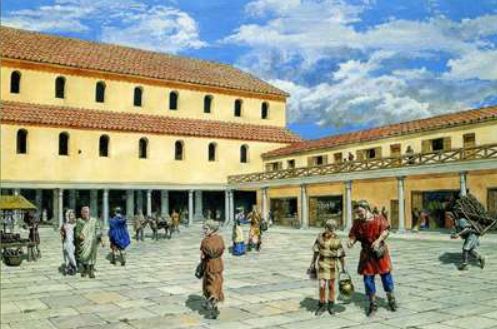
Allectus of Venta production stills
Write your caption hereButton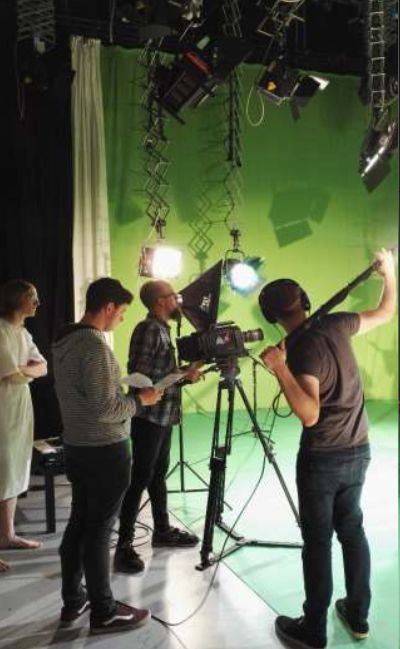
Allectus of Venta production stills
Write your caption hereButton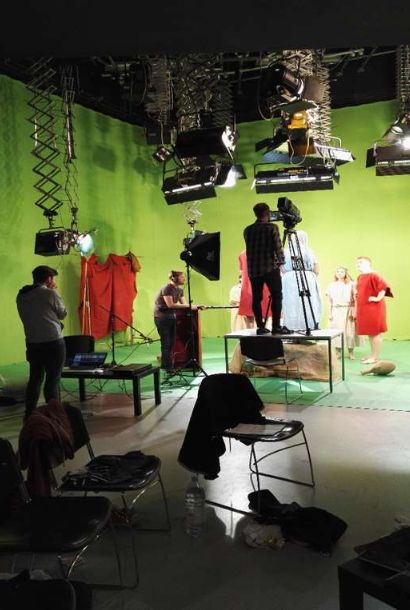
Allectus of Venta production stills
Write your caption hereButton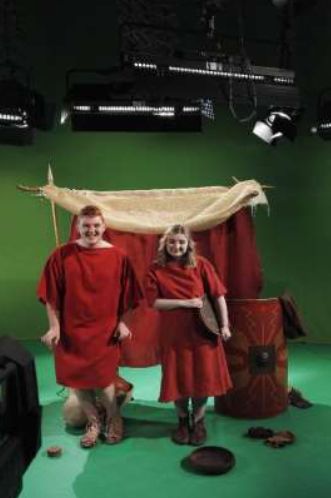
Allectus of Venta production stills
Write your caption hereButton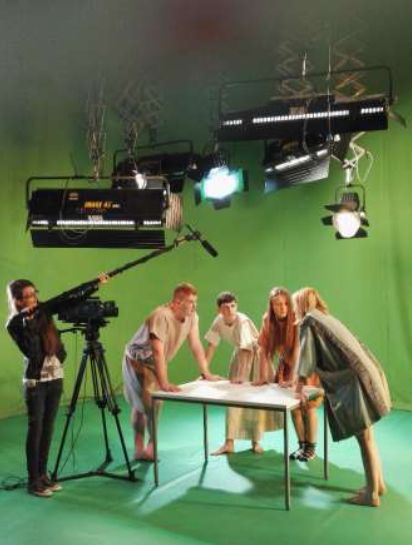
Allectus of Venta production stills
Write your caption hereButton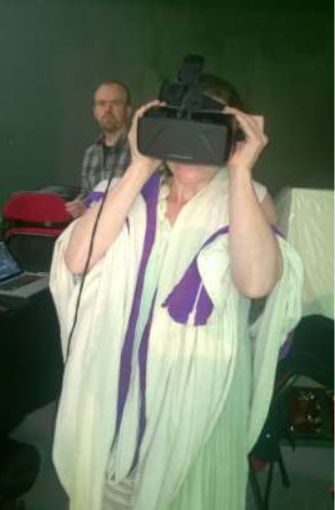
Allectus of Venta production stills
Write your caption hereButton
Llywelyn Fawr: y Llew yn y Llun
Pasticcio Opera. Roles: librettist and director. Commissioner: Amgueddfa Cymru, National Museum of Wales. Music by Handel
arranged by Bernard Kane. Translation into Welsh by Iestyn Jones. A trial sequence from the new opera was performed in Welsh at the
Eisteddfod Genedlaethol in Anglesey in 2017 and a spoken and abridged version of the opera for students (14-18 yrs) was commissioned by the University of South Wales as part of the Summer University. This was performed bilingually at the Atrium, Cardiff in 2018
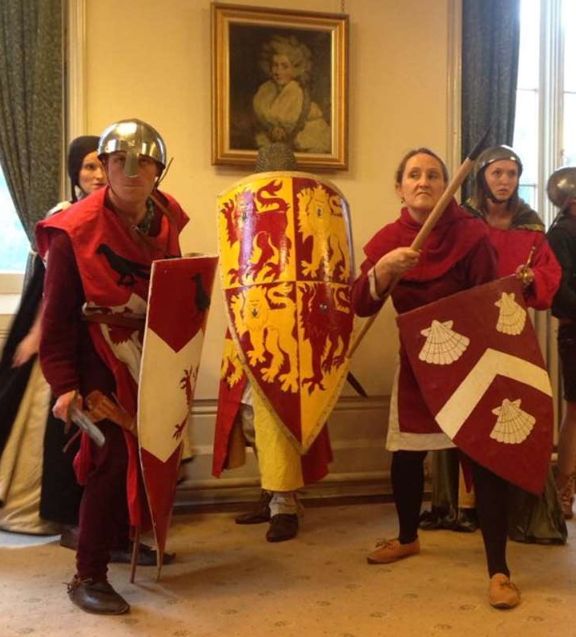
link to a rehearsal of a short sequence in Llangefni, Ynys Môn.
Ynys Gwydr: Island of Glass.
Pasticcio opera. Roles: librettist and director. Arranger and musical director: Dan Perkin Composer: Handel. Commissioned by Amgueddfa Cymru, National Museum of Wales in collaboration with Head for Arts, performed at Theatr Soar, Merthyr Tydfil in 2014.

This opera draws on findings from excavations conducted by the National Museum and Cardiff University at Wales’s only Irish crannog, that in Llangors Lake. The crannog, a man-made island in the lake supporting an early medieval llys or palace, was built c. 893 by the King of Brycheiniog, Elisedd ap Tewdr. The choice of a self-consciously Irish
palace is intriguing; it probably referred to the kingdom’s founding myth of having been settled by Irish warriors in the post-Roman period. Other Irish style artefacts were found.
This may have been a means of pointing up the dynasty’s independence from Gwynedd, Deheubarth and the Saxon kingdoms of Wessex and Mercia. These neighbouring kingdoms were keen to make a vassal state of the territorially smaller Brycheiniog. At different times, Elisedd or his son Tewdr were obliged to ally or submit to one of these neighbours to protect themselves from the others.
The palace survived until 916 when it was burned down by a force sent by Aethelflaed, ruler of Mercia and daughter of Alfred the Great. By that time, Elisedd’s son, Tewdr ap Elisedd was King of Brycheiniog. This devastation by fire is mentioned in the Anglo-Saxon Chronicle and confirmed archaeologically by the excavation.
-
the llys aflame
Button -
Nick Dunbar as Elisedd ap Tewdr Copyright: Head4Arts.
Button -
The dress made for the production
Button -
Museum reconstruction of a section showing the motifs
Button
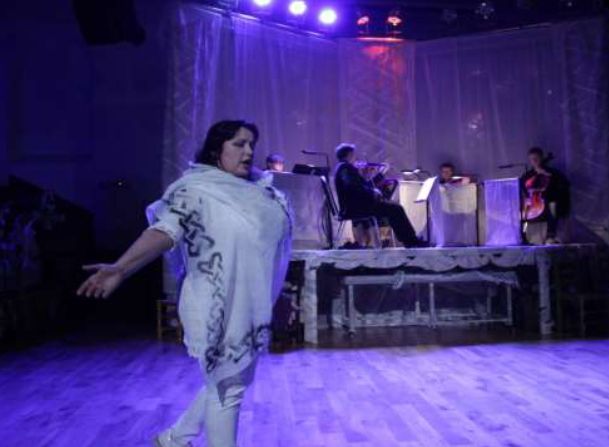
Despite being grounded in archaeology, the narrative was highly dramatic and the production referenced rather than reproduced the designs, clothing and behaviours of the period. An air of constant instability underlay all the courts with menace and tension characterising the courtiers
-
Tim Owens
ButtonTim Owens as a warband leader from
Gwynedd.
-
Paul Rothwell
ButtonPaul Rothwell as Tewdr ap
Elisedd, the King’s son and
successor. Copyright: Head
4 Arts
-
Alisa Smith
Button -
Arianwen and Aethelflaed
ButtonPippa Scammell and Jean Larkin as
Arianwen and Aethelflaed
Five professional singers and five instrumentalists were supported by an ensemble of performing arts students, children and a community choir.
